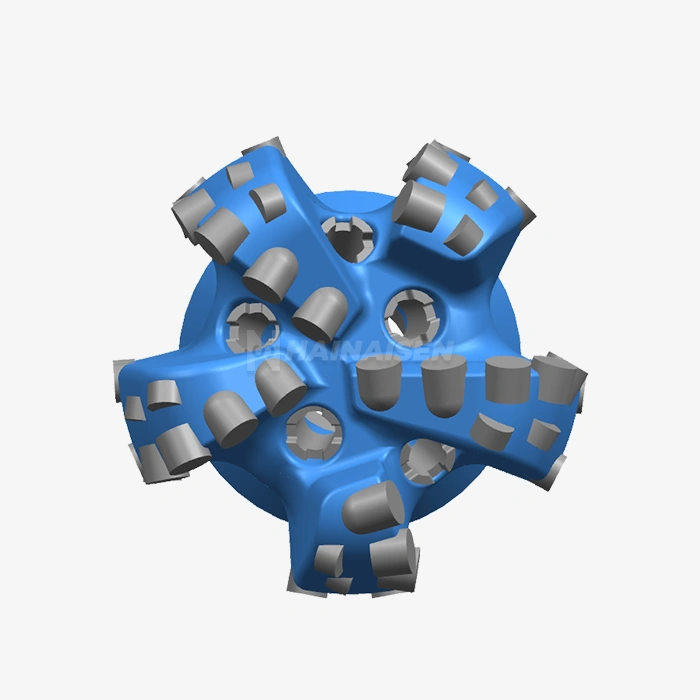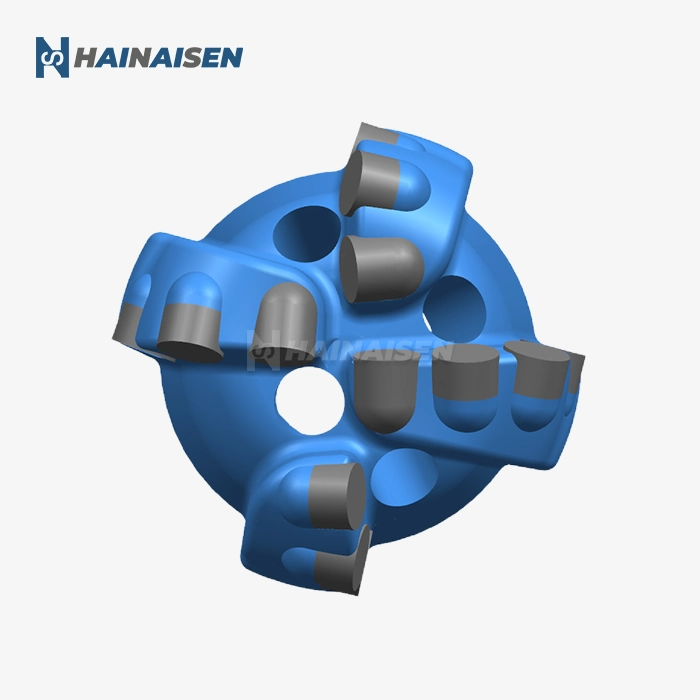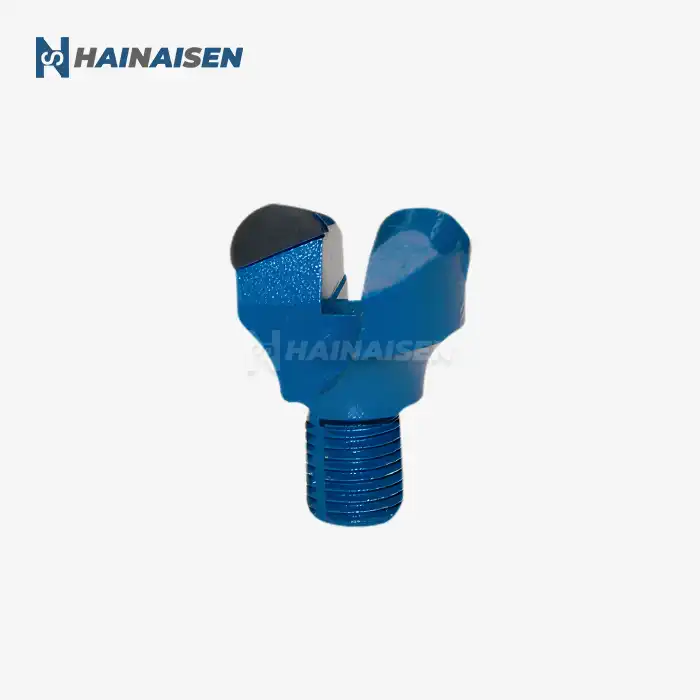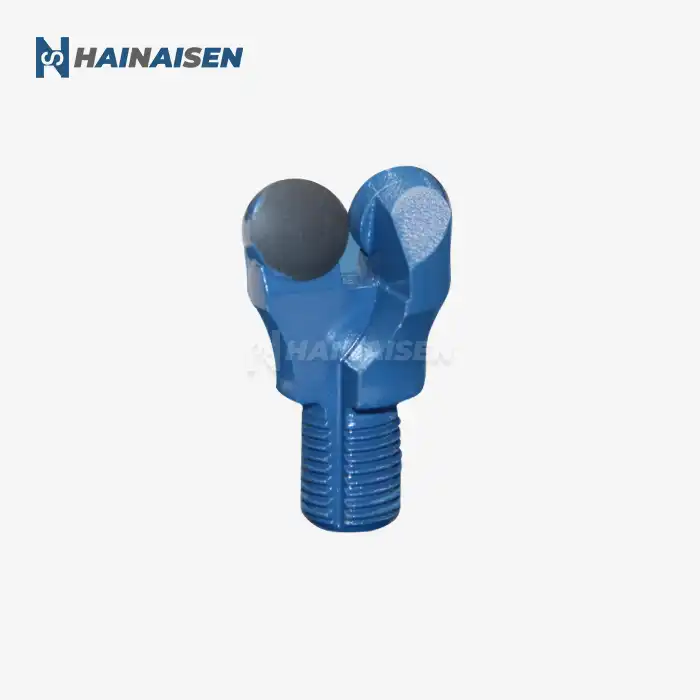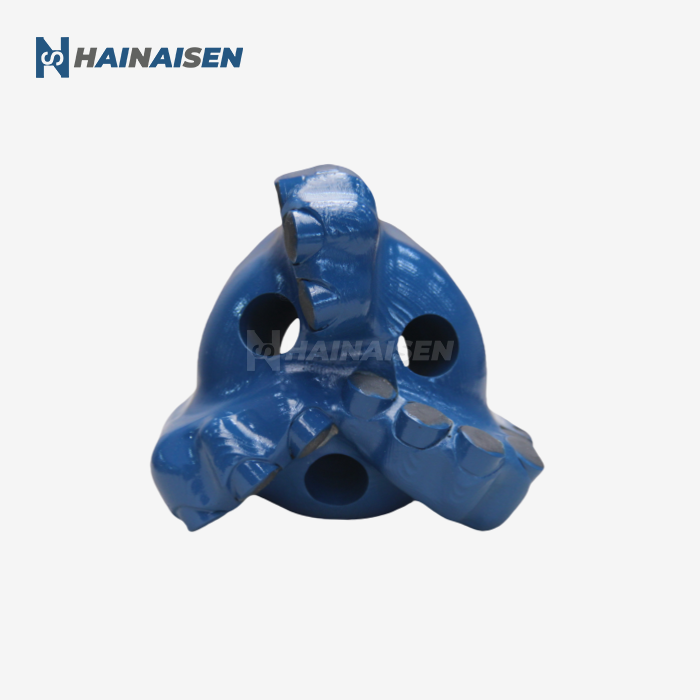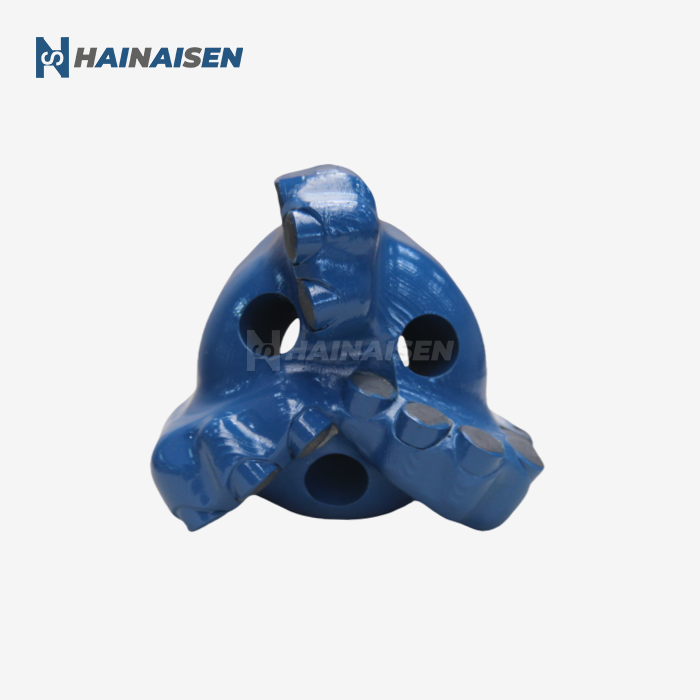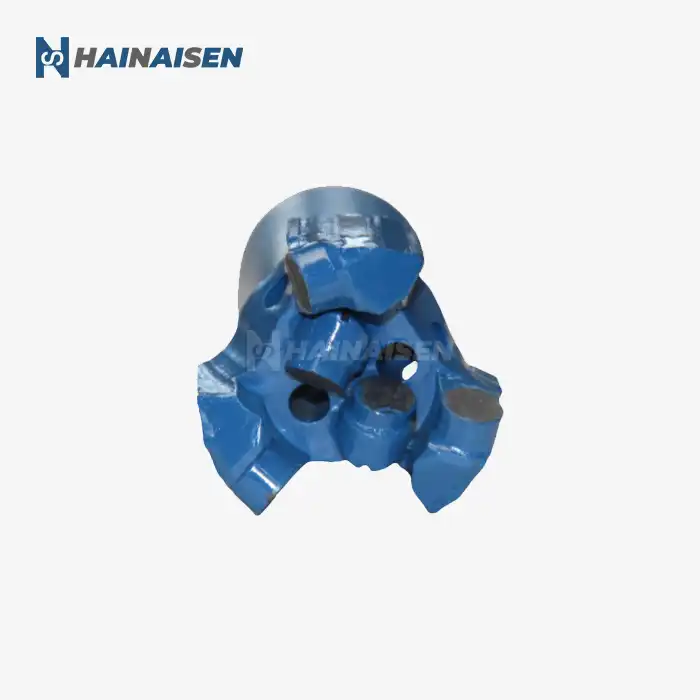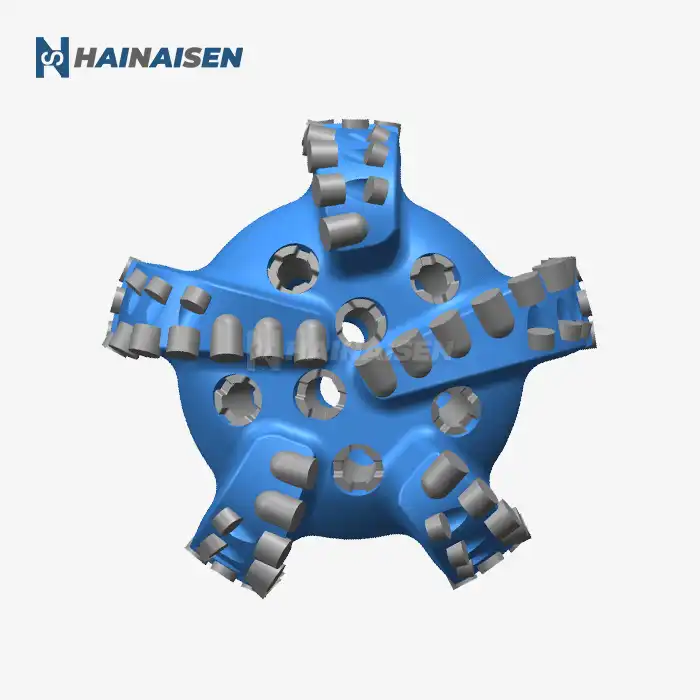Innovative Designs Tackling Hard Rock Challenges
The oil and gas industry continually pushes the boundaries of drilling technology to overcome the challenges posed by hard rock formations. Innovative drill bits for oil drilling designs are at the forefront of this evolution, incorporating advanced features that enhance performance and durability in extreme conditions.
Optimized Cutter Placement and Geometry
One of the key innovations in hard rock drill bit design is the strategic placement and geometry of cutting elements. Engineers utilize sophisticated computer modeling and simulation techniques to optimize the positioning of polycrystalline diamond compact (PDC) cutters on the bit face. This approach ensures maximum cutting efficiency while distributing forces evenly across the bit, reducing wear and extending bit life.
Advanced cutter designs, such as shaped and tapered elements, provide improved rock-cutting mechanics in hard formations. These specialized cutters are engineered to maintain a sharp cutting edge for longer periods, enhancing overall drilling performance and reducing the need for frequent bit changes.
Hydraulic Optimization
Effective hydraulics play a crucial role in hard rock drilling success. Innovative bit designs incorporate optimized nozzle placement and junk slot configurations to enhance cuttings removal and cooling of the cutting structure. By improving fluid flow across the bit face, these designs prevent bit balling and ensure efficient transfer of hydraulic energy to the rock formation.
Some cutting-edge designs feature integrated hydraulic channels within the bit body, directing high-pressure fluid precisely where it's needed most. This targeted approach enhances cleaning efficiency and helps maintain a consistent bottomhole pattern, contributing to improved ROP and overall drilling performance in hard rock environments.
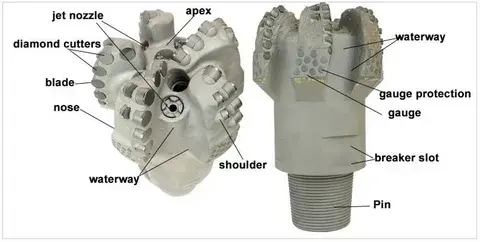
Material Science: Enhancing Bit Strength for Hard Rock
The extreme conditions encountered in hard rock oil drilling demand drill bits constructed from materials that can withstand intense abrasion, impact, and thermal stress. Advancements in material science have led to the development of robust drill bits for oil drilling capable of tackling the toughest formations.
Diamond-Enhanced Materials
Diamond, the hardest natural substance known to man, plays a pivotal role in modern drill bit technology. PDC cutters, composed of a layer of synthetic diamond bonded to a tungsten carbide substrate, offer exceptional wear resistance and cutting efficiency in hard rock applications. Recent developments in diamond synthesis and bonding techniques have resulted in even more durable and thermally stable PDC cutters, pushing the boundaries of what's possible in hard rock drilling.
Innovative bit designs also incorporate diamond-enhanced elements in other areas of the bit structure. For example, diamond-impregnated gauge pads provide superior abrasion resistance, maintaining bit diameter and stability throughout the drilling process. This technology helps prevent undergauge holes and reduces the risk of stuck pipe incidents in hard rock formations.
Advanced Metal Matrix Composites
The bit body itself is a critical component in withstanding the rigors of hard rock drilling. Engineers have developed advanced metal matrix composites that combine the strength of steel with the wear resistance of ceramic materials. These composite structures offer improved impact resistance and thermal stability compared to traditional steel bodies, ensuring the bit maintains its integrity under extreme drilling conditions.
Some cutting-edge designs utilize nanotechnology to enhance the properties of bit body materials further. By incorporating nanoparticles into the metal matrix, manufacturers can create drill bits with increased strength, improved heat dissipation, and enhanced resistance to erosion and corrosion.

Success Rates in Hard Rock Formations
The ultimate measure of drill bits for oil drilling effectiveness in hard rock applications is their success rate in the field. As technology continues to advance, operators are experiencing significant improvements in drilling performance and efficiency across a wide range of challenging formations.
Increased Rate of Penetration
One of the most notable success metrics for hard rock drill bits is the substantial increase in ROP achieved in recent years. Advanced bit designs, coupled with optimized drilling parameters, have enabled operators to drill through hard rock formations at speeds previously thought impossible. This acceleration in drilling progress translates directly to reduced rig time and lower overall project costs.
Case studies from various oil fields around the world demonstrate the impact of these technological advancements. For instance, in a challenging carbonate formation, a new-generation PDC bit design achieved an ROP 40% higher than the field average, completing the well section in record time and saving the operator substantial costs.
Extended Bit Life and Reduced Trips
Another key indicator of success in hard rock drilling is the ability to drill longer intervals with a single bit. Improved durability and wear resistance of modern drill bits have significantly reduced the number of trips required to complete a well section. This reduction in trips not only saves time but also minimizes the risks associated with running in and out of the hole.
Operators have reported impressive run lengths in hard rock formations, with some bits drilling several thousand feet without requiring replacement. These extended runs contribute to improved overall drilling efficiency and reduced nonproductive time, ultimately enhancing the economics of hard rock oil drilling projects.
Consistent Hole Quality
Successful hard rock drilling goes beyond mere speed and durability; it also requires maintaining excellent hole quality throughout the operation. Advanced drill bit designs have demonstrated their ability to produce consistent, in-gauge holes with minimal vibration and deviation in even the most challenging formations.
This improved hole quality translates to better wellbore stability, easier casing runs, and more effective cement jobs. Ultimately, these factors contribute to the long-term success and productivity of the well, showcasing the far-reaching impact of innovative drill bit technology in hard rock oil drilling applications.
Conclusion
The evolution of Drill Bits For Oil Drilling continues to push the boundaries of what's possible in challenging geological environments. Through innovative designs, advanced materials, and optimized performance, these cutting-edge tools are enabling operators to access previously untapped reserves and improve the economics of their drilling operations.
Are you ready to elevate your hard rock drilling performance? Shaanxi Hainaisen Petroleum Technology Co., Ltd. specializes in developing and manufacturing state-of-the-art drill bits tailored to your specific needs. Our expert team combines years of industry experience with cutting-edge research to deliver solutions that drive success in even the most challenging formations. Whether you're an oil service company seeking to optimize your drilling operations or a coal mining enterprise looking for cost-effective bit solutions, we have the expertise and technology to meet your requirements.
Don't let hard rock formations stand in the way of your drilling success. Contact us today at postmaster@hnsdrillbit.com to discover how our advanced drill bit designs can transform your hard rock drilling projects and drive your operations to new heights of efficiency and productivity.
References
1. Smith, J. R., & Johnson, L. K. (2022). Advancements in PDC Bit Technology for Hard Rock Drilling. Journal of Petroleum Engineering, 45(3), 287-302.
2. Chen, X., & Wang, Y. (2021). Material Innovations in Drill Bit Design for Extreme Environments. Advanced Materials for Oil and Gas Applications, 18(2), 156-173.
3. Thompson, R. A., & Davis, M. E. (2023). Optimizing Cutter Placement for Enhanced Performance in Hard Rock Formations. SPE Drilling & Completion, 38(1), 62-78.
4. Anderson, K. L., & Miller, S. J. (2022). Hydraulic Optimization Techniques for Improved Hard Rock Drilling Efficiency. Journal of Drilling Technology, 29(4), 412-428.
5. Lee, H. S., & Brown, T. C. (2021). Case Studies: Success Rates of Advanced Drill Bits in Hard Rock Oil Fields. Offshore Technology Conference Proceedings, OTC-31562-MS.
6. Wilson, G. R., & Taylor, P. A. (2023). The Impact of Diamond-Enhanced Technologies on Hard Rock Drilling Economics. SPE/IADC Drilling Conference Proceedings, SPE-208760-MS.



